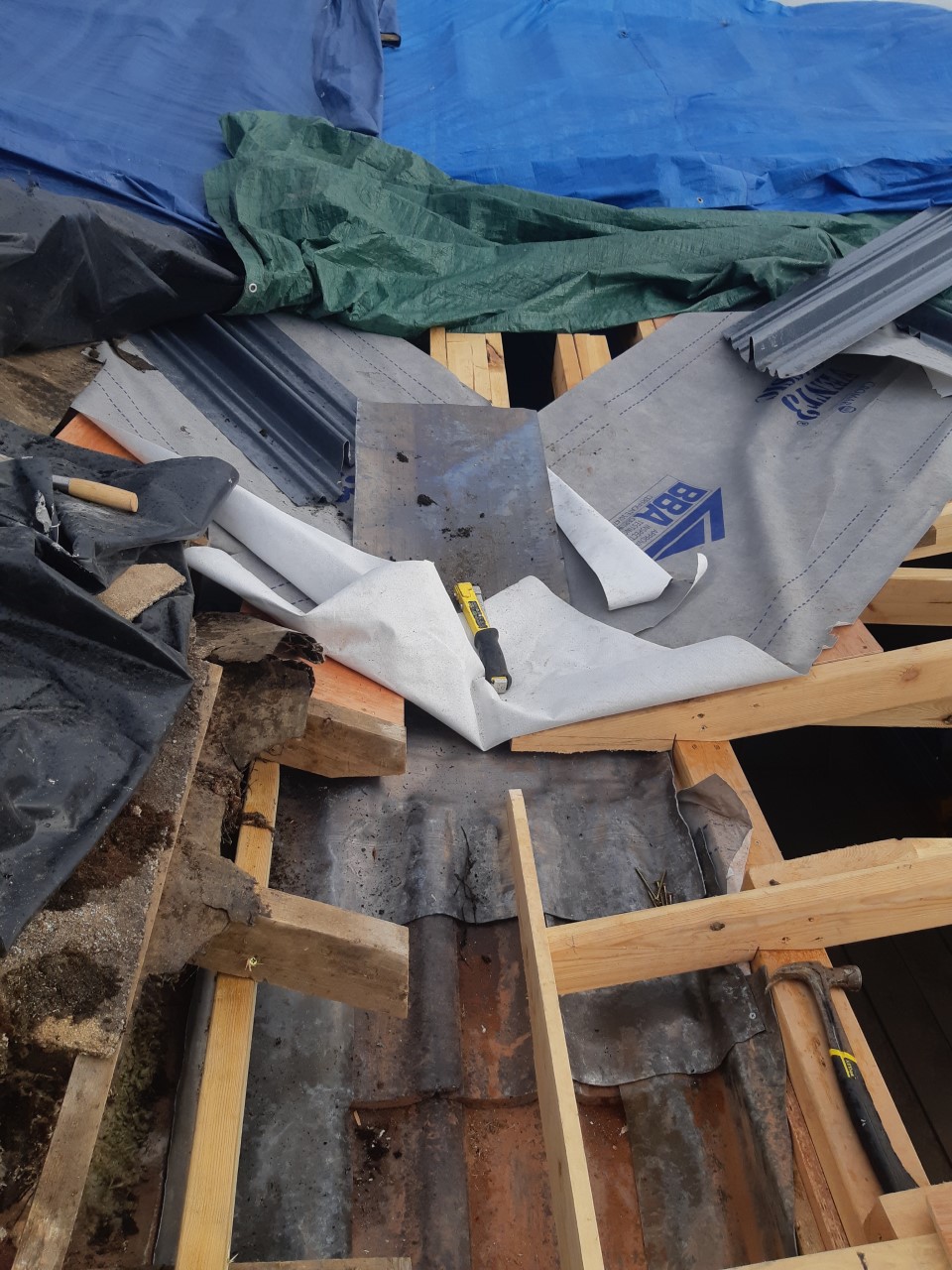- Joined
- 10 Nov 2024
- Messages
- 3
- Reaction score
- 1
- Country

I am looking for some advice on tile sheeting.
We are interested in a house which has come on the market. It is a 60s bungalow with a very shallow pitch. I assume because of this, the owner (who is now dead) has replaced the original roof in lightweight synthetic tile sheeting according to the seller's surveyor's report.
I have never heard of this being used on a house and wondered how common this is? Also what are the opinions on covering a house roof with this stuff?
I have attached a pic to let you see what the roof looks like:

We are interested in a house which has come on the market. It is a 60s bungalow with a very shallow pitch. I assume because of this, the owner (who is now dead) has replaced the original roof in lightweight synthetic tile sheeting according to the seller's surveyor's report.
I have never heard of this being used on a house and wondered how common this is? Also what are the opinions on covering a house roof with this stuff?
I have attached a pic to let you see what the roof looks like:



